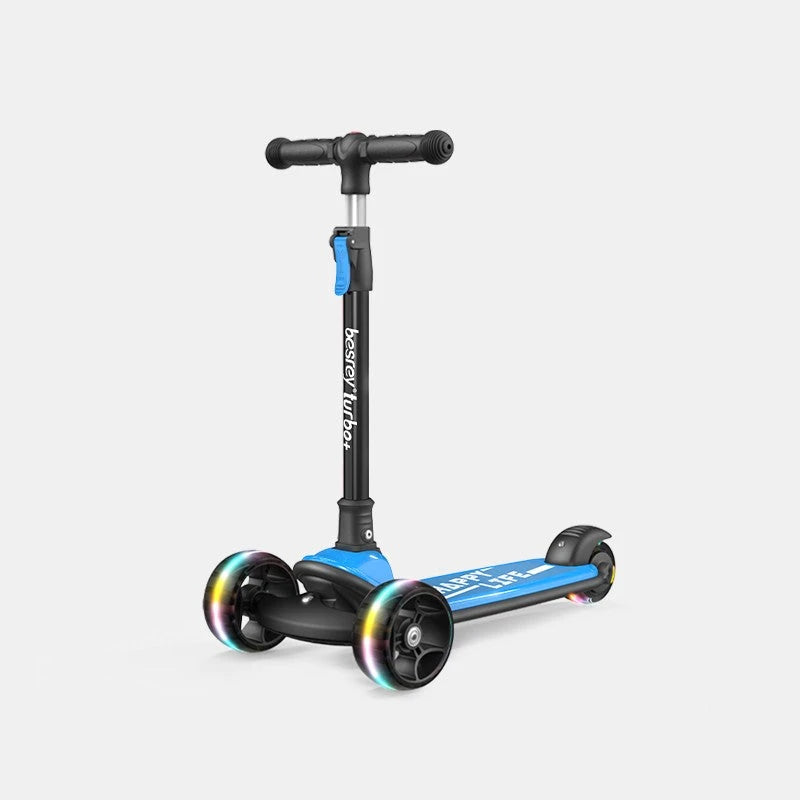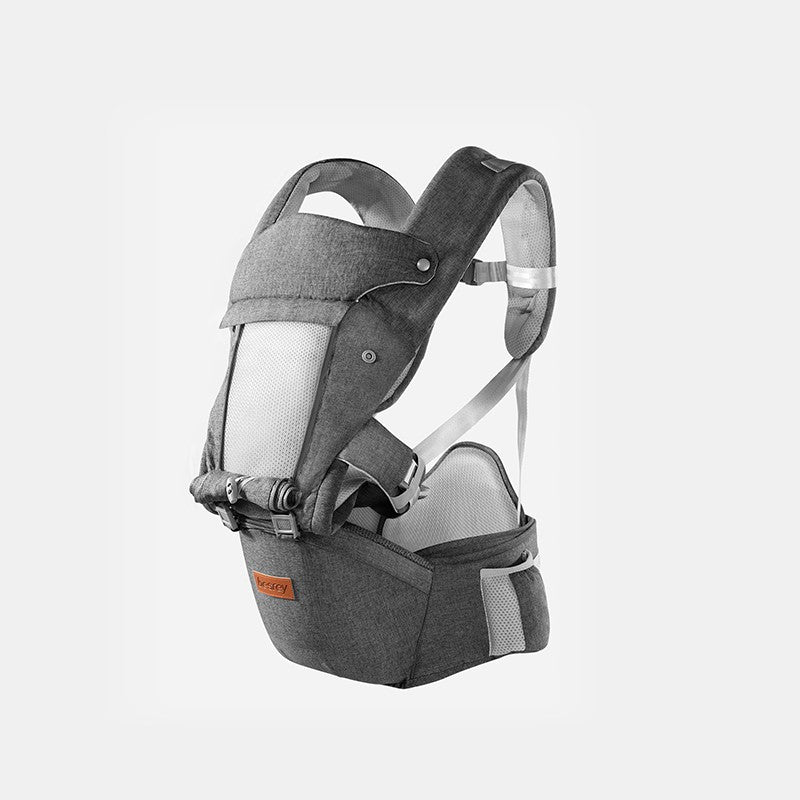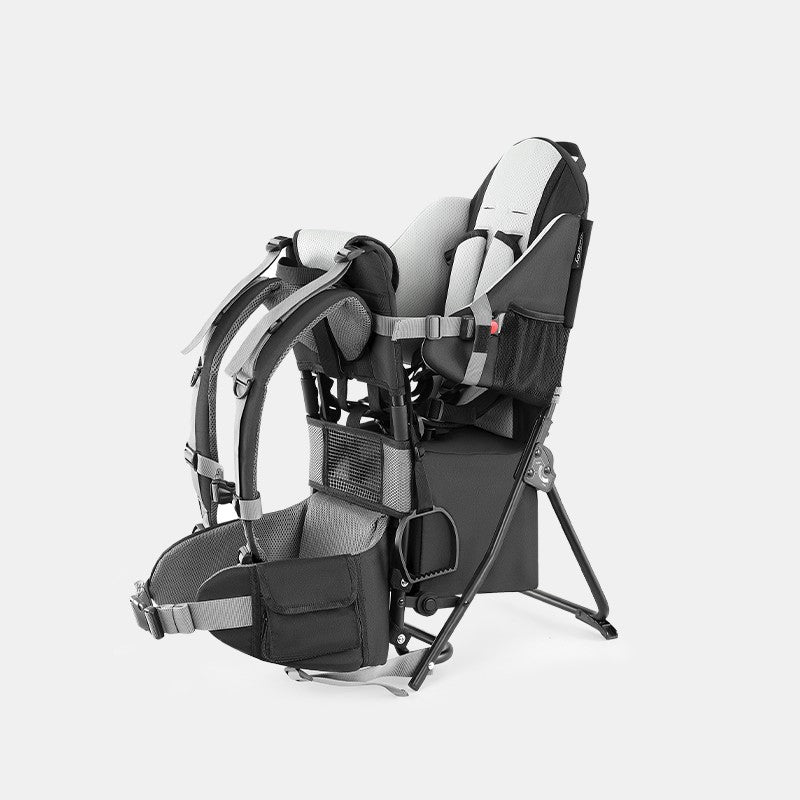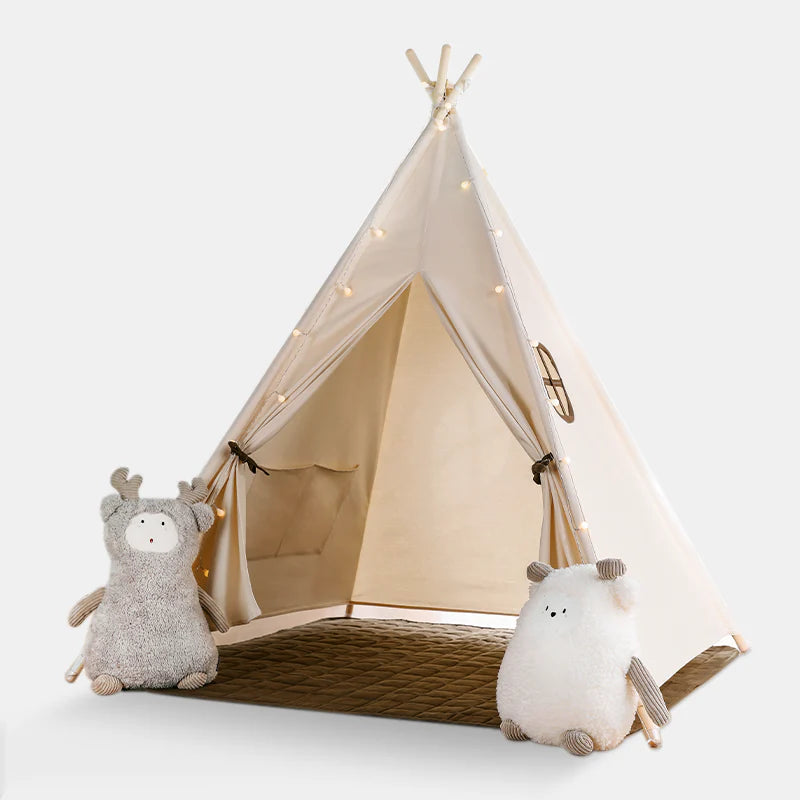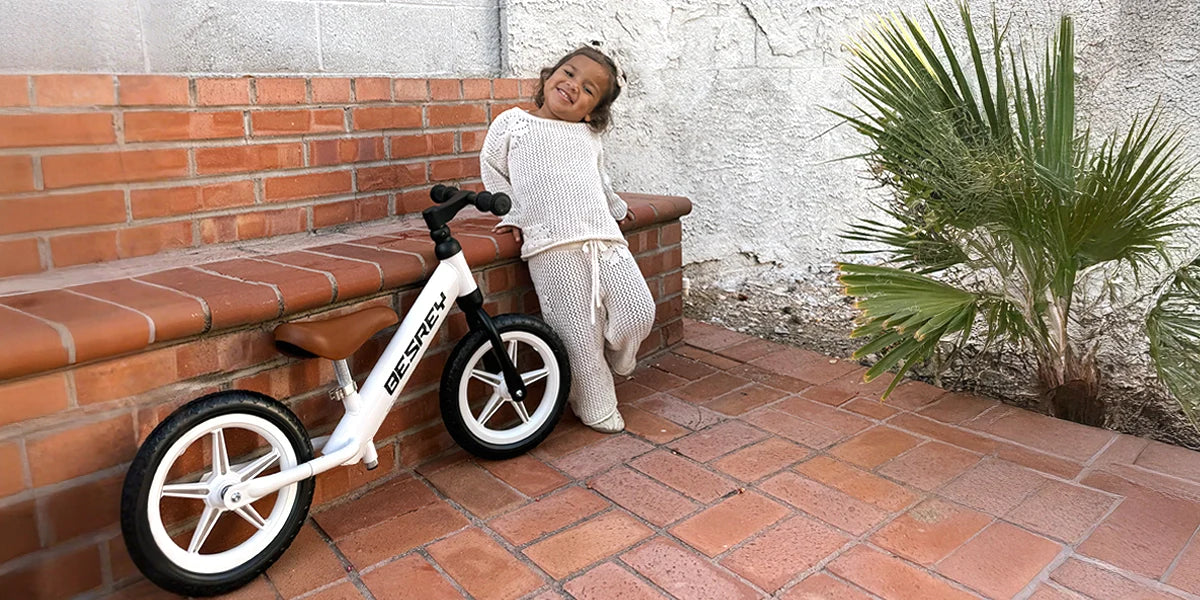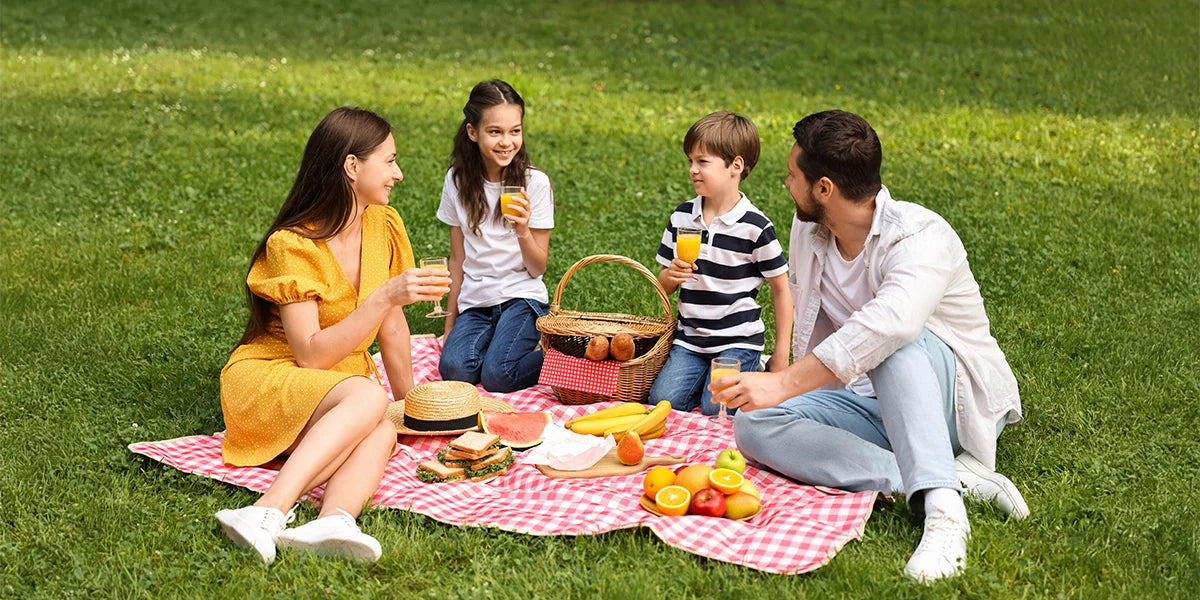Besrey - Nov 27 2025
How to Choose Your Child's Balance Bike: A Shopping Guide for 2-Year-Olds

Choosing the best balance bike for a 2-year-old can be a little overwhelming—especially with the number of new models released this year. At this age, toddlers are just mastering walking, steering, climbing, and coordination, so the right bike can support their development rather than frustrate them. Whether you're looking for a lightweight balance bike your child can easily push or a longer-term model that can grow with them, knowing the features that truly matter will make your purchase easier.
In this guide, we'll walk you through the essential elements—weight, frame materials, tires, fit, and braking systems—to help you choose the best balanced bike for toddlers. We'll also highlight the upgrades parents are opting for in 2025, using exemplary models like the Besrey Balance Bike, designed for toddlers just starting out on this new cycling adventure.
Weight & Frame (Keep It Light for 2-Year-Olds)
You have to keep in mind one very important and very simple rule when buying a bicycle for a 2-year-old child: keep it light.
Toddlers around age two typically weigh between 24 and 30 pounds, and their bike handling skills are just beginning to develop. A heavy bike will make it easy for them to fall, make steering difficult, and discourage your little one.
A good balance bike for toddlers should generally weigh between 4 and 7 pounds. Anything heavier will be tiring for little ones, especially if they need to lift it to avoid bumps or go uphill.
This is where models like the Besrey Balance Bike stand out. Its lightweight design allows it to:
· Pushing the bike uphill without any problem
· Ride with confidence and in the right direction
· Pick it up easily after those small falls
· It allows the child to live in the moment without worrying about getting tired.
Best Frame Materials
Based on the latest 2025 models, they all use one of these materials:
1. Aluminum is ideal for lightweight performance: Suitable for young toddlers because it is ultra-light and does not rust over time.
2. Magnesium alloy: this material is ideal for smooth and lightweight driving, and also allows for an elegant finish in many new models. It is strong yet lightweight and, above all, very resistant to impacts or falls.
3. Steel: a material well known for its strength, but it is heavy, generally found in low-budget models and can even weigh more than a 2-year-old child.
For a 2-year-old, materials like aluminum and magnesium are generally the easiest for their small hands and feet to manipulate. Their lightweight design ensures hassle-free fun. Lightweight = more enjoyment, less struggle.
Tires & Terrain
One of the most underestimated details of a bicycle's characteristics is the type of tire—but it makes a big difference in how the bicycle handles.
We can mention two types of tires ideal for 2-year-old children:
1. Foam/EVA Tires: This type of tire is perfect for 2-year-olds, but why? We have good reasons: they are lightweight and easy to handle, they never go flat, they are great for playing indoors and outdoors, and maintenance is minimal—if not nonexistent.
For families that include plans such as going to the park, open play areas or the side of the street, EVA is more than enough.
2. Rubber / Air-Filled Tires: Ideal for hard or rough terrain, you should consider this type of tire if your child prefers riding on grass, packed dirt, or trails, as they offer a smooth ride, better grip, and a better overall cycling experience. However, these tires do add weight—which is why they are rarely recommended for toddlers under 2 years old unless you are certain they will be used on rough terrain.
Wheel Size
When purchasing a kid’s bike, you should never choose a bike size based on an age range that is listed on a sizing chart. Let me tell you why:
Kids the same age can be taller, shorter, and have different leg lengths than the average size kid.
Kids bike sizing can vary greatly between different brands
Despite this, most bicycles for 2-year-old children use 10–12-inch wheels. 10-inch wheels are ultra-compact and easy for beginners, while 12-inch wheels (the most common) provide stability and have room for growth.
Fit First
Why Proper Sizing Matters for Toddler Bikes? The “Fit First” rule is essential when choosing a toddler or balance bike. This simply means that the bike should be the right size for your child. Before considering style, color, or other features, you should prioritize safety and fun for learning.
We can guide you on how to determine if the bicycle is right for your child:
Step 1: Measure Your Child’s Inseam: You need to take your child's measurement. You can stand them against a wall and measure from the floor to their crotch. The result is the inseam measurement.
Step 2: Match Inseam to Seat Height: The seat height should be 1–1.5 inches below your toddler’s inseam so they can sit comfortably while their legs can fully touch the ground and, above all, they can confidently push the bike and gain momentum.
Step 3: Check Handlebar Fit: For a small child of 2 years old, the handlebars should be a little below shoulder height, letting mobility for their small hands and allowing them to turn it without problem.
Step 4: Look for Growth Potential: Toddlers grow quickly, which is why you should choose a model with a seat that allows you to adjust the height. This will let your child to use the bike for another 2 or 3 years, instead of leaving it aside for just a season.
This is why the Besrey Balance Bike is often chosen by parents—it offers an adjustable seat and handlebars to maintain a perfect fit from age 2 through the preschool years.
Brakes for Age 2? (Usually Feet First; Plan for Later)
Why don't 2-year-olds use brake pads yet? At this age, they naturally use their feet because their reflexes are still developing, their little hands aren't strong enough to grip the brake pads, their feet give them security and control when braking, and they can't coordinate quickly enough to brake with their hands.
Having mentioned all this, we can say that for young riders, using their feet to brake is perfectly safe and appropriate for their development.
When to Consider a Hand Brake
Using a handbrake becomes appropriate when your child starts walking over long distances, begins riding downhill, approaches 3 or 4 years old, and starts frequenting spaces with other children.
If you want a durable bike, one with a brake option is a good choice. Many 2025 models include rear brakes, which are suitable for young children, allowing them to develop their bike handling skills.
Conclusion
Choosing the right balance bike for a 2-year-old doesn't have to be a difficult decision. Keeping the bike lightweight, ensuring a perfect fit, and selecting the right type of tire will make your little one feel comfortable and confident. At 2 years old, brakes aren't a priority, but adjusting the weight is.
A good lightweight balance bike will give your child the necessary confidence to begin developing coordination, balance, and independence. Modern models from 2025 are more adjustable, safer, and smoother than ever, allowing toddlers to learn to ride with complete confidence in just a couple of weeks.
If you choose a bike that fits well, that adapts to all types of terrain, and is light enough for toddlers riders to handle, your 2-year-old will be on the path to biking success in no time.

